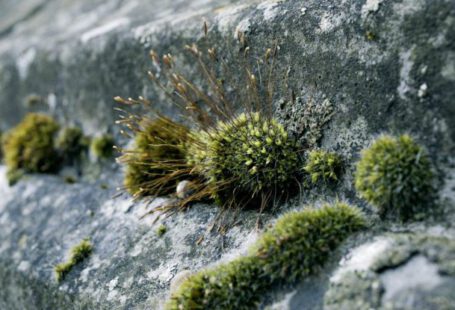Efforts to Save Endangered Species
Conservation efforts play a crucial role in protecting and preserving the world’s endangered species. With human activities causing a rapid decline in biodiversity, it has become imperative to take action to prevent the extinction of various plant and animal species. From habitat restoration to captive breeding programs, there are numerous strategies in place to ensure the survival of endangered species. In this article, we will explore how conservation efforts are making a difference and why it is essential to continue these initiatives.
The Importance of Conservation Efforts
Conservation efforts are essential for maintaining the delicate balance of ecosystems and preventing the loss of biodiversity. Endangered species are those that are at risk of extinction due to factors such as habitat destruction, poaching, climate change, and pollution. By focusing on the protection and recovery of these species, conservation efforts help to safeguard the planet’s natural heritage and ensure the survival of future generations.
Habitat Protection and Restoration
One of the most effective ways to save endangered species is through habitat protection and restoration. Many species rely on specific habitats to survive, and when these habitats are destroyed or degraded, their populations decline. Conservation organizations work to identify critical habitats and establish protected areas where these species can thrive. By restoring degraded habitats and implementing sustainable land management practices, conservationists can help endangered species recover and repopulate their natural environments.
Captive Breeding Programs
Captive breeding programs are another important conservation tool used to save endangered species from extinction. These programs involve breeding endangered species in captivity with the goal of reintroducing them into the wild once their populations have stabilized. By carefully managing breeding pairs and genetic diversity, conservationists can ensure the long-term viability of these species. Captive breeding programs have been successful in saving species such as the California condor and the black-footed ferret from extinction.
Community Involvement and Education
Community involvement and education are key components of successful conservation efforts. By engaging local communities in conservation initiatives, organizations can foster a sense of stewardship and empower individuals to take action to protect endangered species. Education programs help raise awareness about the importance of biodiversity and the threats facing endangered species, inspiring people to make environmentally conscious choices in their daily lives.
International Cooperation and Legislation
International cooperation and legislation are essential for addressing the global nature of conservation challenges. Many endangered species migrate across borders, making it necessary for countries to work together to protect them. International agreements such as the Convention on International Trade in Endangered Species of Wild Fauna and Flora (CITES) regulate the trade of endangered species and their products, helping to prevent illegal trafficking and exploitation. Strong legislation at the national level is also crucial for enforcing protections and holding individuals and organizations accountable for harming endangered species.
Continued Monitoring and Research
Monitoring and research are ongoing aspects of conservation efforts that help track the progress of endangered species recovery and identify new threats. By monitoring population trends, habitat conditions, and human impacts, conservationists can adapt their strategies to address emerging challenges. Research on endangered species behavior, ecology, and genetics provides valuable insights that inform conservation decisions and improve the effectiveness of conservation programs.
Sustainable Development and Conservation
Sustainable development is crucial for balancing human needs with the protection of endangered species and their habitats. By promoting sustainable practices such as eco-tourism, agroforestry, and renewable energy, conservation efforts can support local communities while preserving biodiversity. Integrating conservation goals into development plans helps ensure that human activities are compatible with the long-term survival of endangered species and the health of ecosystems.
In Conclusion
Conservation efforts are essential for protecting endangered species and preserving the planet’s biodiversity. Through habitat protection, captive breeding programs, community involvement, international cooperation, monitoring, research, and sustainable development, conservationists are making a difference in saving species on the brink of extinction. By continuing to support these initiatives and advocating for stronger conservation measures, we can ensure a brighter future for endangered species and the ecosystems they inhabit.





